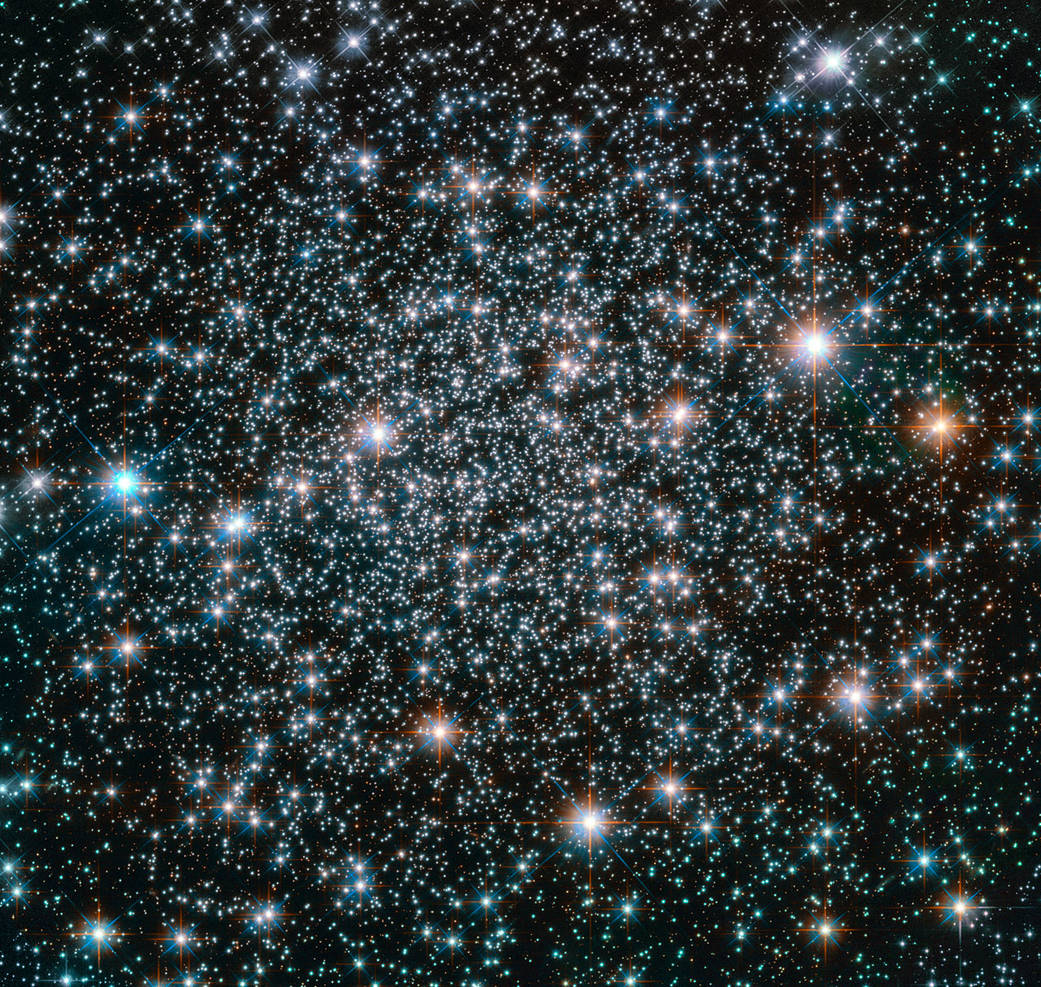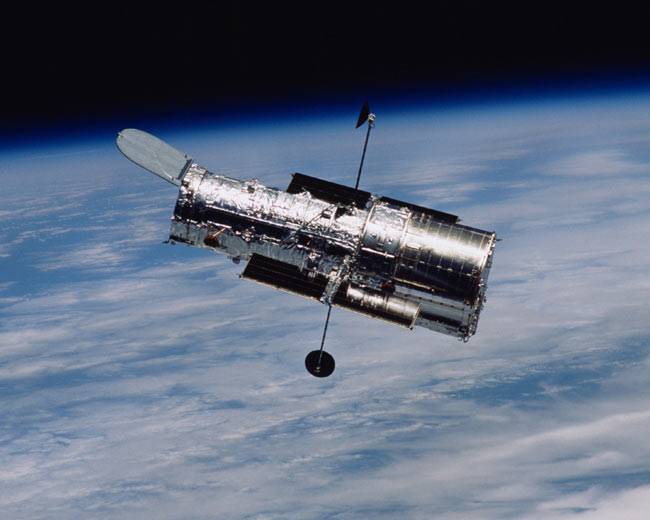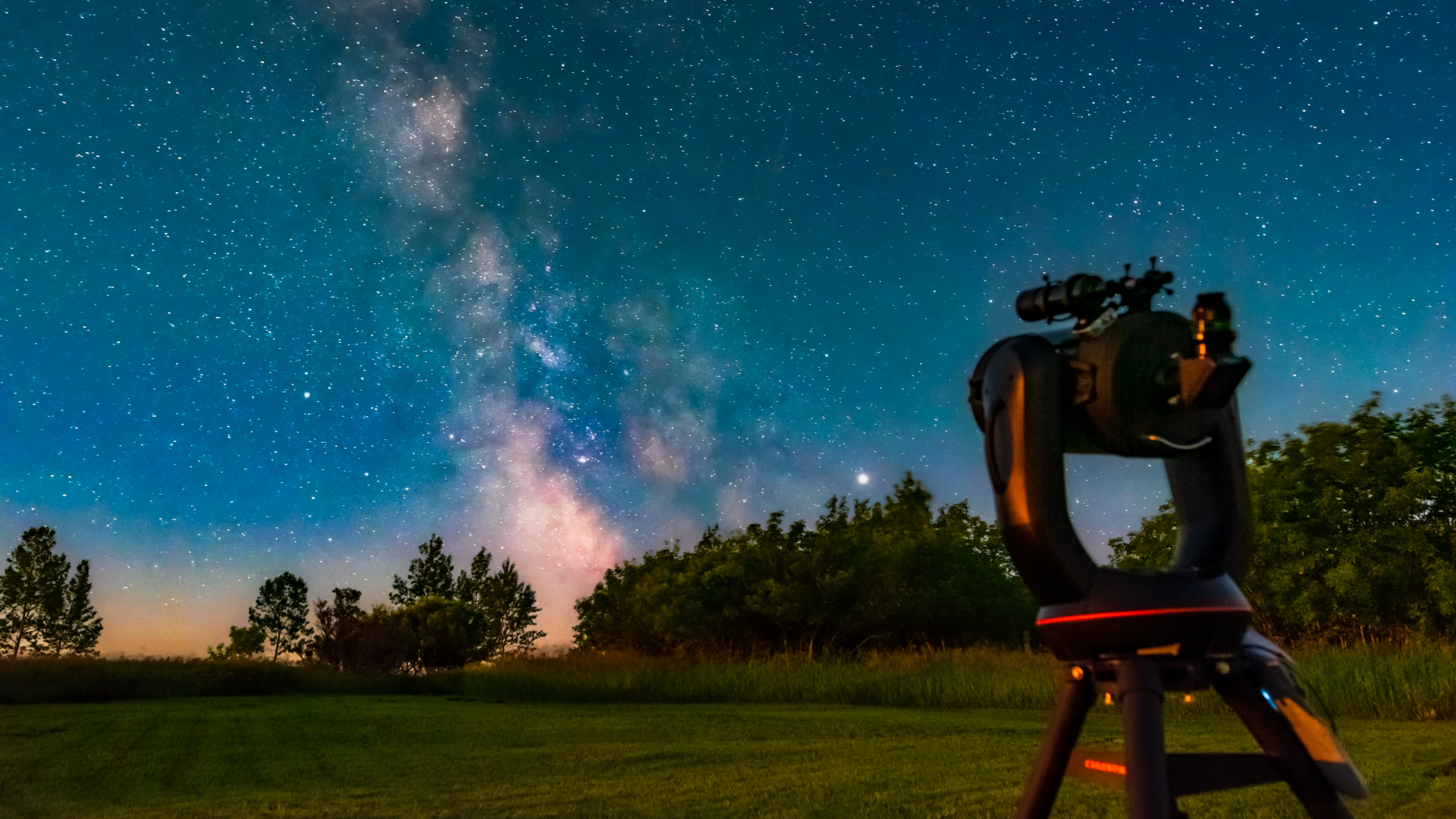Hubble Telescope Spies Sparkly Home of Heavy-Metal Stars (Photo)

The paparazzi would be out in full force to capture images of these heavy-metal stars, if they weren't cosmic in nature.
This Hubble Space Telscope image of NGC 6496, a 10.5-billion-year-old globular cluster, reveals the celestial home of stars comprised of more of the (surprisingly) metallic elements hydrogen and helium than typically found in clusters like this.
This particular cluster contains a mix of high-metallicity stars doubling as variable stars. A variable star fluctuates in brightness over time. Some of the stars in NGC 6496 are long-period variables — massive pulsating stars that change brightness in up to, and sometimes over, a thousand days — and short-period eclipsing binaries, dimming when a companion star eclipses them. [Related: Advanced Alien Civilizations Could Live in Globular Star Clusters]
Using the variability of these stars, astronomers can acquire details about them — mass, radius, luminosity, temperature, composition and even evolution — that may be otherwise unattainable.
Scottish astronomer James Dunlop pinpointed NGC 6496 in 1826 in the constellation of Scorpius (The Scorpion), which lies about 35,000 light-years away from Earth.
The Hubble Space Telescope launched into space in April 1990 and is a joint project by NASA and the European Space Agency. The space-based observatory has beamed home more than 1 million observations of the universe during its 26 years of service. Using data from Hubble, nearly 13,000 scientific papers have been published, according to NASA officials.
Follow us @Spacedotcom, Facebook and Google+. Original article on Space.com .
Breaking space news, the latest updates on rocket launches, skywatching events and more!

Christine Lunsford joined the Space.com team in 2010 as a freelance producer and later became a contributing writer, covering astrophotography images, astronomy photos and amazing space galleries and more. During her more than 10 years with Space.com, oversaw the site's monthly skywatching updates and produced overnight features and stories on the latest space discoveries. She enjoys learning about subjects of all kinds.

